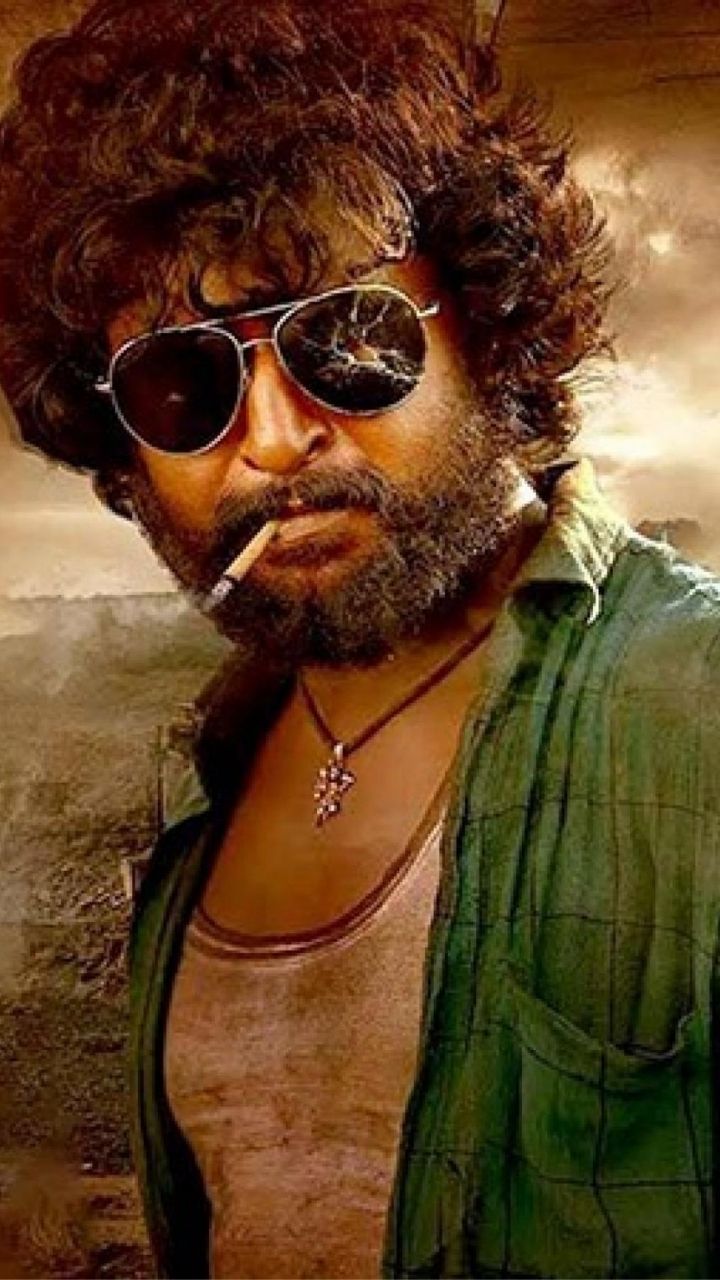Why is the South Indian film industry gaining immense popularity in Hindi-dubbed versions? The answer lies in its ability to blend gripping narratives with stellar performances, creating a cinematic experience that resonates across languages and cultures. A bold statement supporting this is the overwhelming success of films like Pushpa and Jailer, which have not only dominated box offices but also established South Indian cinema as a powerhouse in the global entertainment landscape.
The year 2025 promises to be a landmark for cinephiles, especially those who appreciate the rich storytelling traditions of South Indian movies. One of the most anticipated releases is Vijay Sethupathi's Rana Kesari. This film, set against the backdrop of contemporary societal issues, showcases the versatility of its lead actor while addressing themes relevant to today's audiences. Another eagerly awaited release is HIT 3, a suspense thriller that continues the legacy of its predecessors by delivering an engaging plot filled with twists and turns. Fans of action-packed films will find excitement in Ravi Teja's latest offering, further cementing his reputation as one of the most dynamic actors in Tollywood. Vishal's Himmatwar, a Hindi-dubbed adaptation of Tamil's Poojai, brings forth high-octane action sequences alongside compelling character arcs. Meanwhile, Allu Arjun's The Hunter adds another feather to his cap with its thrilling narrative and visual spectacle.
| Name | Vijay Sethupathi |
|---|---|
| Date of Birth | June 19, 1986 |
| Place of Birth | Salem, Tamil Nadu, India |
| Career Beginnings | Started acting in school plays; made debut in Tamil cinema with Kadhalil Kadavuthenu (2006) |
| Notable Works | Super Deluxe, Iru Mugan, Jeyporne, Visaranai |
| Awards & Recognition | National Film Award for Best Actor (2019), several Filmfare Awards, Vijay Awards |
| Personal Life | Married to Anushka Ramnath; actively involved in charitable activities |
| Reference Website | Wikipedia Profile |
In addition to these individual projects, the collective anticipation surrounding the slate of South Indian movies slated for release in 2025 is palpable. Titles such as Coolie, starring Rajinikanth, promise to bring back the charm of classic masala entertainers with modern sensibilities. Similarly, Kamal Haasan’s Thug Life raises expectations with its intriguing concept and powerful performances. For fans of fantasy and adventure, Kantara: A Legend - Chapter 1 offers a continuation of the magical world introduced earlier, expanding on its lore while introducing new characters and storylines.
The trend of dubbing South Indian movies into Hindi has opened up vast opportunities for filmmakers and actors alike. It allows them to reach a wider audience without compromising their artistic vision or cultural authenticity. Films like ALA NINNU CHERI, featuring Dinesh Tej, exemplify how romantic dramas can transcend linguistic barriers through universal themes of love and ambition. Such adaptations often retain the essence of the original while catering to diverse tastes within the target demographic.
As we look forward to these upcoming releases, it becomes evident that the South Indian film industry continues to innovate and evolve. By leveraging technology, embracing cross-cultural collaborations, and focusing on quality content creation, they are setting benchmarks for others to follow. Whether it’s through blockbusters like Pushpa or intimate portrayals like Tumbbad, each film contributes uniquely towards enriching our cinematic heritage.
Moreover, the impact extends beyond mere entertainment value. These films often spark conversations around pertinent social issues, challenge stereotypes, and inspire change. They serve as platforms where voices from different regions come together under one banner, fostering unity amidst diversity. As more people embrace this wave of transformation brought forth by South Indian cinema, there remains much to celebrate and anticipate in the years ahead.
With every new release, whether it be Rana Kesari, HIT 3, or any other title making headlines, the industry reaffirms its commitment to excellence. Each project pushes boundaries, explores uncharted territories, and leaves lasting impressions on viewers worldwide. In doing so, they ensure that South Indian cinema remains at the forefront of global filmmaking trends, ready to captivate hearts everywhere.
For instance, consider the case of Pushpa, which was initially released in Telugu but gained massive traction after being dubbed into Hindi. Its widespread appeal demonstrated how effective dubbing could bridge gaps between regional preferences while maintaining authenticity. Such instances highlight why studios invest heavily in ensuring seamless translations that preserve both dialogue nuances and emotional depth.
Ultimately, what makes these films stand out is their ability to connect deeply with audiences regardless of geographical boundaries. Through meticulous attention to detail, innovative storytelling techniques, and top-notch production values, South Indian directors and producers consistently deliver works that resonate universally. As we gear up for yet another exciting lineup of releases in 2025, one thing is certain – South Indian cinema isn't just surviving; it's thriving spectacularly!




